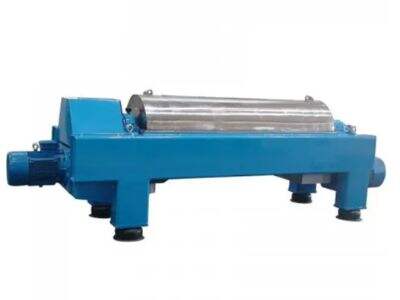Centrifuges are machines researchers use to separate different substances in laboratories. Centrifuge can work in two designs: Horizontal centrifuge or Vertical centrifuge. There are special features and benefits that apply to each, so understanding the differences can help you decide which one is right for you.
Differences between Horizontal and Vertical Centrifuges
Horizontal centrifuges operate sideways, and vertical centrifuges operate up-and-down. That sounds minor, but it affects how the centrifuge functions, and what it is capable of.
THE MOST SIGNIFICANT AND RELIABLE MEANS OF REMOVING THE MEDIA FROM THE CENTRIFUGE IS ENSURED BY HORIZONTAL CENTRIFUGES.
Horizontal centrifuges do a very good job of separating solids and liquids. Such systems are used in the food processing, medicine, and environmental monitoring sectors. These centrifuge filter bag are capable of handling large quantities of materials and can run in a fast way.
Why Use Vertical Centrifuges?
Vertical centrifuges are used in locations where very accurate separation of substances is required. They are ubiquitous in research labs and hospitals, where precision matters a lot. Fractional separation — which vertical bag centrifuge facilitate because scientists can study different substances more easily, based on weight.
How to Select the Right Centrifuge for Your Needs
Consider what you want to use it for when deciding between a horizontal and a vertical centrifuge. If you have a job that requires a lot of substances to be separated quickly, a horizontal centrifuge might be right for you. However, for more precise separation of the materials — for research or medical purposes — a vertical centrifuge bag might work better.
Comparing How They Work
Horizontal centrifuges tend to be much faster and can accommodate larger volumes of materials. They're good for tasks that require a lot of work to be done fast. In contrast, vertical centrifuges work better for separating solids based on weight. They are efficient for research and analytical purposes.

